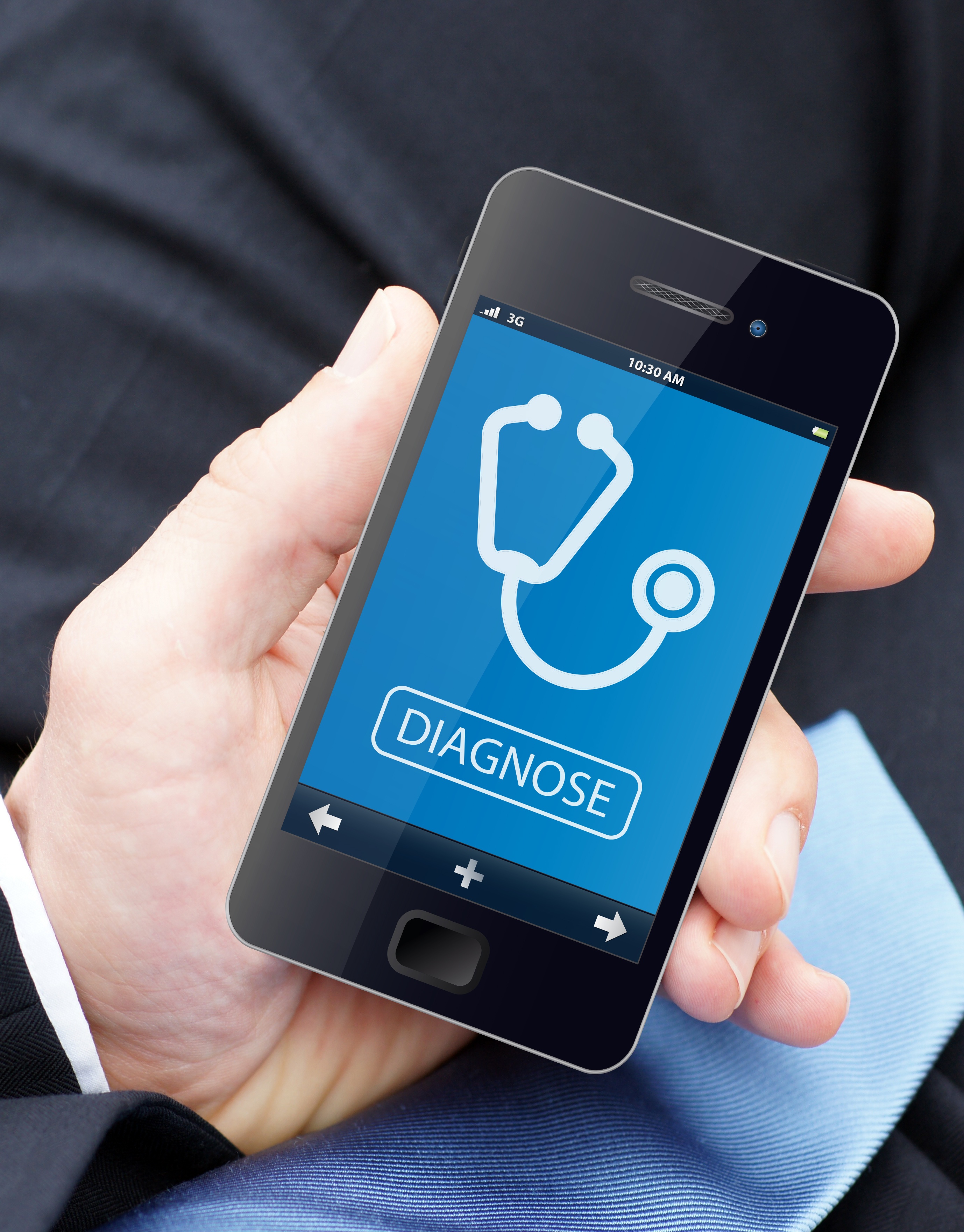 This is the age of business technology. Widespread technological advancements continue to revolutionize the way organizations do business. Care management is no exception. More than ever before, new technology solutions are allowing patients and consumers to more effectively and efficiently interact and engage with their medical providers.
This is the age of business technology. Widespread technological advancements continue to revolutionize the way organizations do business. Care management is no exception. More than ever before, new technology solutions are allowing patients and consumers to more effectively and efficiently interact and engage with their medical providers.
What key tech trends are impacting care management? Here are the five emerging technologies changing the field:
- Digital Checkups: Patients are now able to complete checkups via text message. Healthcare practitioners are able to review responses and identify actions for patients to take. This can include monitoring vitals, adjusting dietary requirements and changing medications.
- Wearable Monitoring: Nearly 70 million people in the U.S. are using wearable tracking devices. Healthcare providers are turning to these wearables as a solution to better monitoring patient vitals and other key metrics. Based on the data gathered, care managers are able to make adjustments and recommendations to their patients’ current courses of treatment.
- Virtual Appointments: Using platforms such as Skype, patients are now able to connect with their providers via video conference. They are able to share symptoms or provide updates on continuing medical conditions and immediately receive diagnoses and treatment recommendations.
 Symptom Apps: A number of medical apps are emerging that allow patients to enter symptoms and gain information on potential diagnoses. These “triage” apps help consumers to better understand and evaluate their symptoms and determine an appropriate course of action—stay home from work, go to the ER or make an appointment with their physicians. Some apps are going one step further and connecting directly to care organizations and allowing patients to stay connected with their network providers and access their health information from their mobile devices.
Symptom Apps: A number of medical apps are emerging that allow patients to enter symptoms and gain information on potential diagnoses. These “triage” apps help consumers to better understand and evaluate their symptoms and determine an appropriate course of action—stay home from work, go to the ER or make an appointment with their physicians. Some apps are going one step further and connecting directly to care organizations and allowing patients to stay connected with their network providers and access their health information from their mobile devices.
- Electronic Health Records (EHR): Utilizing EHR, healthcare providers, ancillary staff and health information staff are able to simultaneously access the same piece of health information. By allowing multi-user access, healthcare providers can visualize patient data from all areas of a facility including medical imaging, pathology, laboratories and more in real-time fashion.
In today’s highly-connected world, consumers have become accustomed to accessing and sharing information on all types of devices. Health providers are taking advantage of this digital mindset to change the way patients interact with their providers. More and more, the consumer-focused market is pushing care management into the high-tech arena.
 Symptom Apps: A number of medical apps are emerging that allow patients to enter symptoms and gain information on potential diagnoses. These “triage” apps help consumers to better understand and evaluate their symptoms and determine an appropriate course of action—stay home from work, go to the ER or make an appointment with their physicians. Some apps are going one step further and connecting directly to care organizations and allowing patients to stay connected with their network providers and access their health information from their mobile devices.
Symptom Apps: A number of medical apps are emerging that allow patients to enter symptoms and gain information on potential diagnoses. These “triage” apps help consumers to better understand and evaluate their symptoms and determine an appropriate course of action—stay home from work, go to the ER or make an appointment with their physicians. Some apps are going one step further and connecting directly to care organizations and allowing patients to stay connected with their network providers and access their health information from their mobile devices.